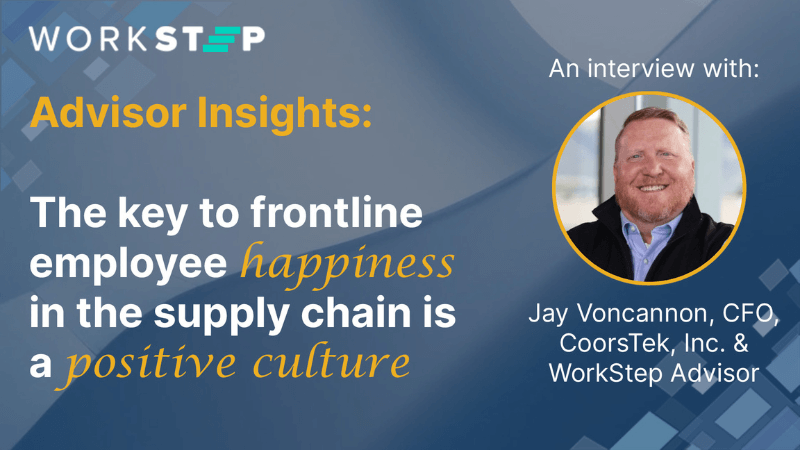Think every employee is excited by snack bars, massages, yoga classes, or company-sponsored coaching? Think again. While surely offered with good intent, not all perks garner praise — and some might even do more harm than good. A recent Twitter thread highlighted by Protocol reveals a discontent amongst workers with perks that are unwanted or don’t function as intended, anti-perks so to speak.
What makes a perk an anti-perk?
Of course, it’s a matter of perspective whether a perk is seen as a perk, or an anti-perk. From an organization’s POV, company-sponsored coaching can help motivate and inspire their frontline, but from an employee’s perspective they might feel that the company-hired coach’s ideology aligns with the organization’s best interest rather than that of the employee. Snack bars can be great but if they’re stocked with inexpensive, low-quality foods, employees might prefer higher-quality options. On-site massages and yoga classes can help some employees unwind but some might prefer the company invests in their well-being in other ways. Meanwhile some employees might truly appreciate and take advantage of the aforementioned benefits. But for those that don’t, the benefits might be seen as a cynical attempt to substitute what the employees actually want with less costly pseudo-benefits that are of little to no actual value to the workers.
How to avoid anti-perks?
So which perks are real and which are anti-perks? We don’t know, and we can’t know because it all depends on what your specific employees want. And the only way to truly know is to ask them. Check in and ask them how they feel about the current perks you’re offering and which they’d like to see added. If you’re already thinking of adding new benefits, vet them with your frontline workers first to ensure the perks have the intended positive impact. In addition to benefits like generous vacation policies and flexible schedules across all departments, consider frontline perks like:
- High-quality foods on premises
- Investing in technology to make workers’ lives easier (e.g.,wearables and app-based clocking in)
- On-site childcare
- Air conditioned warehouses
- Proper footwear
- Sit or stand options
- Transportation to and from work
Make sure your frontline workers know about the perks you offer in the first place. Again, it comes down to communication. Mentioning a list of benefits once during orientation is not necessarily enough. Perhaps a worker didn’t remember that you offer on-site childcare because they weren’t a parent at the time, or shuttles to work were not relevant until they moved farther away from the warehouse. Since they are on the frontline with your hourly workers, your supervisors and manager should be versed in your full benefits and perks package — and they should keep checking in and reminding your workforce about the perks available.
Perks as bandages
Regardless of the types of perks you offer, remember that perks are meant to be the icing on the cake rather than a bandage or tradeoff for comprehensive benefits and compensation packages. A company might offer high-quality food, air conditioning, and childcare but if they lack a welcoming company culture, career growth paths, competitive pay, diverse workforce, and a full suite of benefits, employees might well see every perk as anti-perk.
Tune into your frontline with WorkStep
With the frontline employee engagement platform that delivers the real-time insights you need to take action, retain your workforce, and drive your business forward.
Kristina Finn, Content Marketing Manager | kristina@workstep.com



